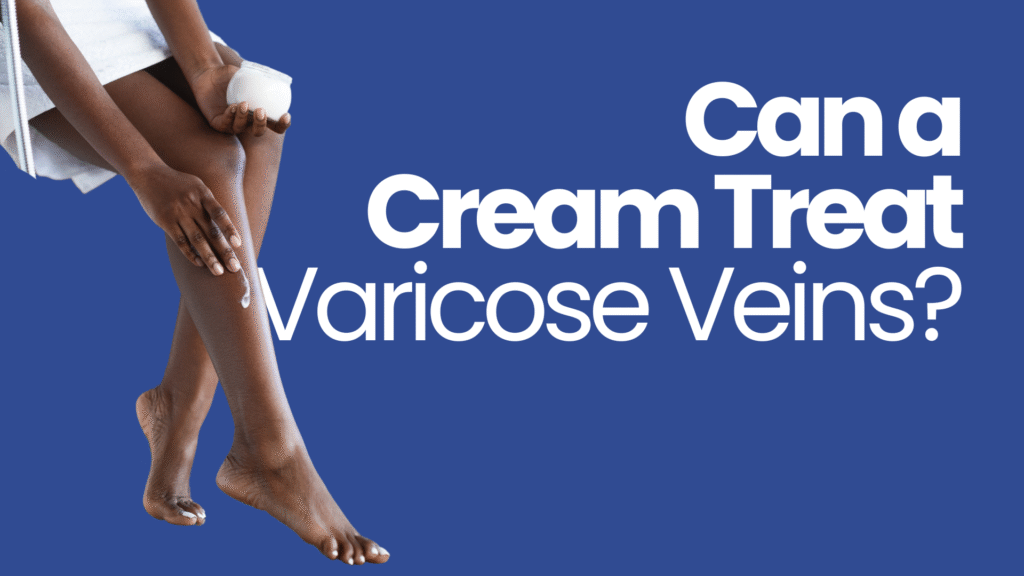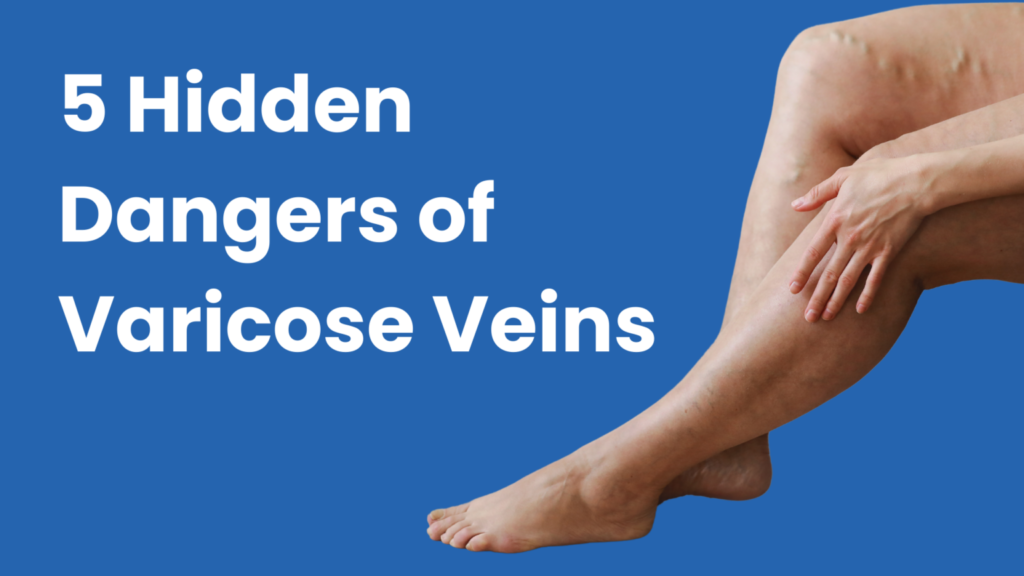Varicose veins are easily identifiable. They’re those purple, blue, or red veins that bulge visibly outward from the skin. Although people don’t tend to think about varicose veins until they experience them, they’re worth paying some consideration to since one in three people will suffer from them at one point or another. While their symptoms might only be restricted to the aesthetic, varicose veins can often cause a significant amount of discomfort to the individual. Thankfully, there are a variety of vein doctors in Pembroke Pines to help patients eliminate varicose veins entirely. Before it comes to that, it’s helpful a basic education on the fundamentals of varicose veins.
The Function of Veins and Arteries
The basic function of arteries in the body is to carry blood from the heart to various body parts, providing muscles and organs with oxygens. In turn, veins carry blood back to the heart. There are three different types of veins in a person’s legs. The deep veins can’t be seen, and get blocked when a person experiences deep vein thrombosis. The veins directly beneath the skin’s surface cause varicose veins, and a third type of vein connects the two. The blood in a person’s arteries is typically under a high amount of pressure, though this pressure is relatively low in the veins – also, the blood is travelling against gravity, upward from the legs to the heart. Considering that, there’s a consistent risk of blood stopping on its way to the heart, or even flowing backwards. This is why the body has small valves in the vein that only allow travel to one direction.
How Varicose Veins Occur
Varicose veins typically occur due to the wall of the vein experiencing some form of damage. If the damage is enough to impede the valve, blood can potentially run backwards, thus placing more pressure on the valves below. This results in a domino effect, affecting neighboring valves.
When They Typically Occur
Varicose veins is a condition that can run in the family. It’s also more commonly seen among women than men; approximately 55% of those who suffer from varicose veins are women while 45% are men. While being overweight makes women more susceptible to varicose veins, the same does not apply to men. Additionally, the older a person is, and the more children they had, the higher their risk of experiencing varicose veins. Some doctors believe that standing still frequently (rather than walking) would make an individual more prone to varicose veins, though there is no clear consensus on this. That said, those who experience varicose veins will feel more of an aching sensation when standing still, and the legs might feel heavier.


